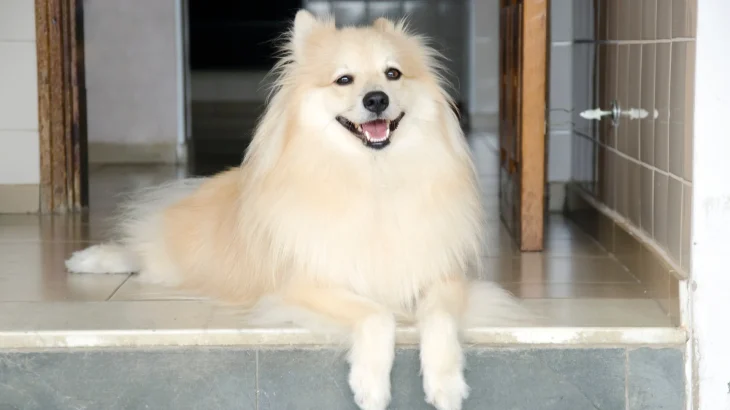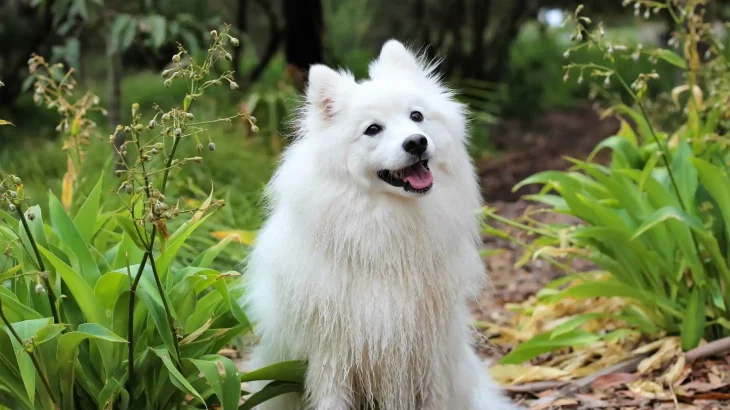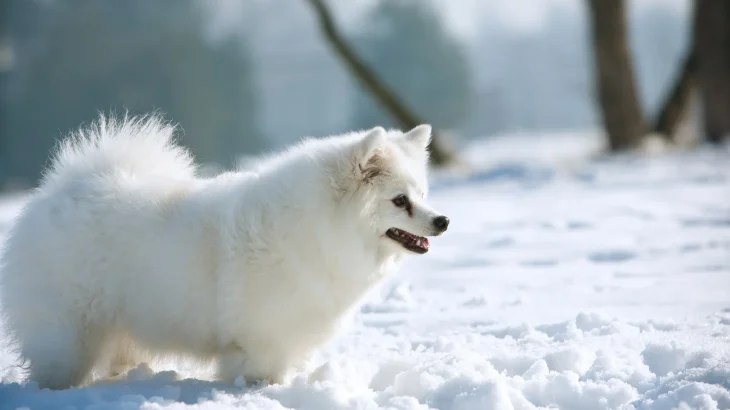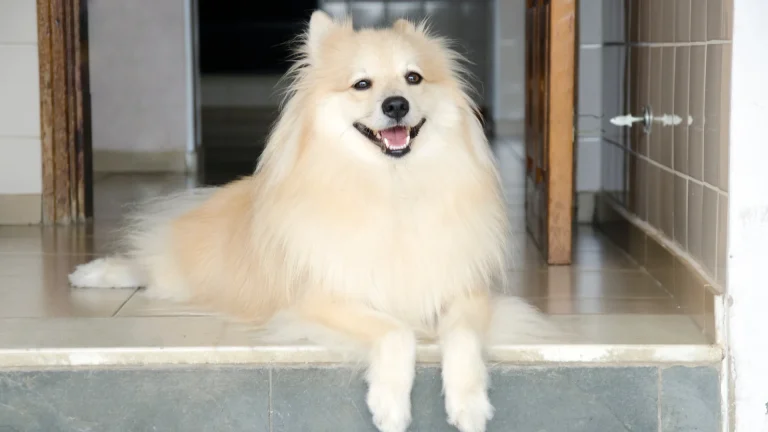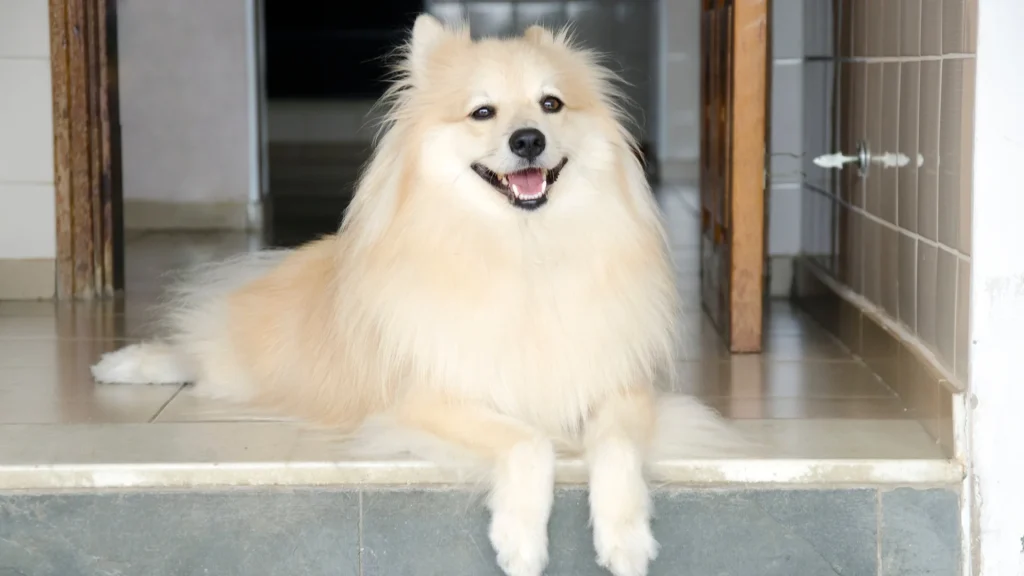Deciding between adopting or purchasing a German Spitz puppy means considering health transparency, cost, and support. Buying from a breeder often provides clearer insights into the puppy's lineage and health, while adopting offers a chance to give a home to a dog in need, sometimes without full background info.
| Criteria | Buying from Breeder | Adopting from Shelter/Rescue |
|---|---|---|
| Cost | Usually higher, reflecting pedigree and breeder care. | Lower fees, often including vaccinations and spay/neuter. |
| Health History | Comprehensive health records and genetic screening usually given. | May be limited or unknown; basic health checks typically done. |
| Age Availability | Mostly puppies, allowing early bonding and training. | Wider age range, including adults and seniors. |
| Temperament Insight | Breeders often share temperament traits based on lineage. | Staff can provide behavior observations but history may be limited. |
| Supporting Practices | Supports responsible breeding when breeder is ethical. | Supports animal welfare by rescuing dogs in need. |
| Breed Purity & Pedigree | Guarantees pedigree and purebred status with documents. | Breed purity often uncertain; mixed breeds common. |

